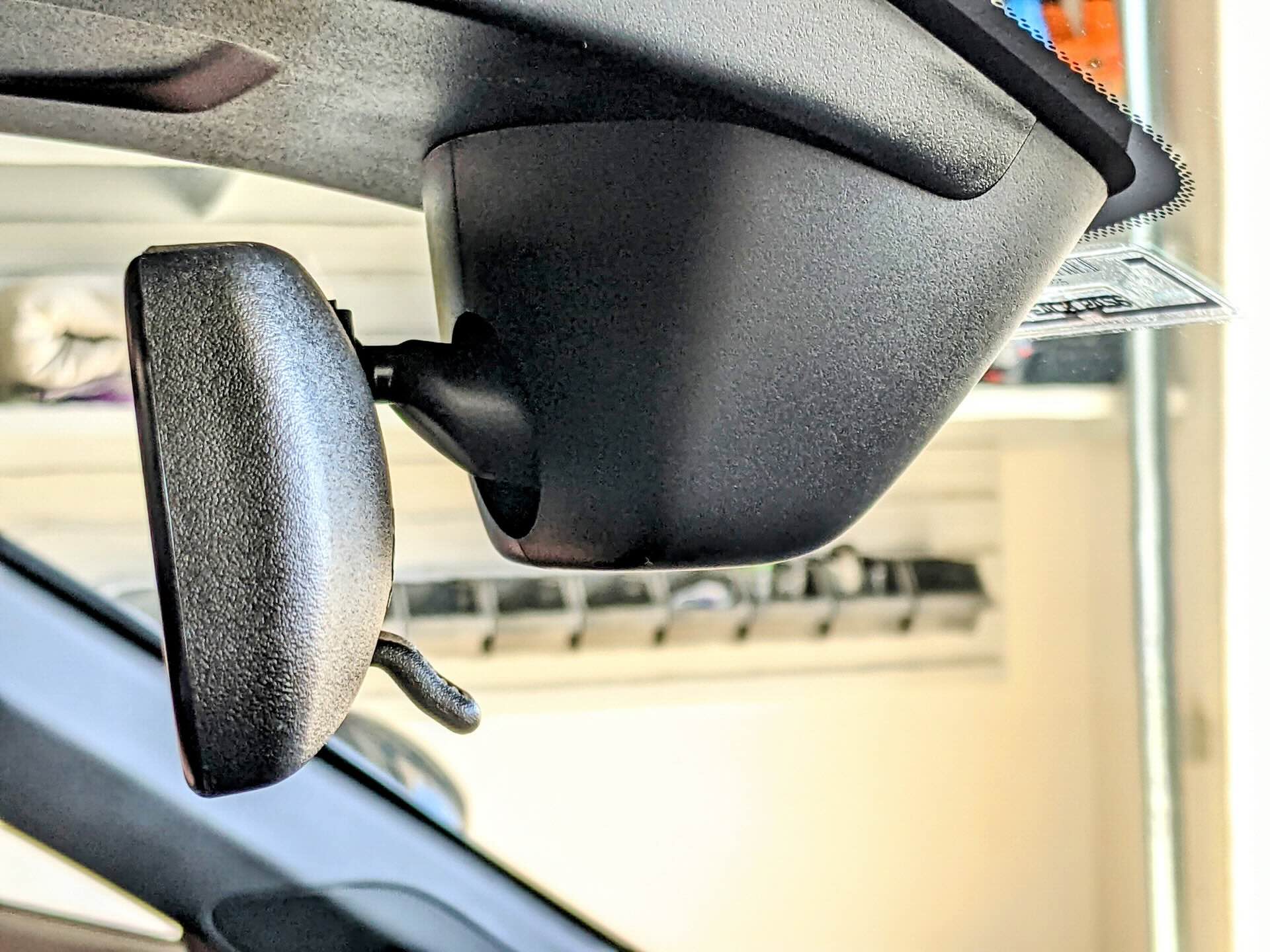

Articles
Who Fix Rear View Mirrors
Modified: December 7, 2023
Looking for articles on how to fix rear view mirrors? Find expert tips and step-by-step guides on fixing rear view mirrors from reputable sources.
(Many of the links in this article redirect to a specific reviewed product. Your purchase of these products through affiliate links helps to generate commission for Storables.com, at no extra cost. Learn more)
Introduction
Rear view mirrors are an essential component of any vehicle, offering drivers a clear view of the road behind them. These mirrors play a crucial role in ensuring road safety by providing visibility in the blind spots and aiding in lane changes, parking, and reversing. While rear view mirrors are designed to withstand various conditions, they may sometimes become loose, damaged, or misaligned, compromising their effectiveness.
In this article, we will explore the importance of rear view mirrors, the different types available, common issues that can arise, and steps to fix them. Whether you are experiencing a loose mirror or a cracked surface, understanding how to address these problems will help you maintain optimal safety while driving.
Key Takeaways:
- Rear view mirrors are crucial for safety, providing improved situational awareness, parking assistance, and traffic monitoring. Understanding common issues and fixing them promptly ensures optimal functionality and road safety.
- Different types of rear view mirrors offer varying levels of visibility and functionality. Whether addressing looseness, cracks, misalignment, fogging, or electrical problems, taking appropriate measures restores optimal functionality and enhances driving safety.
Read more: Who Invented Rear View Mirrors
Importance of Rear View Mirrors
Rear view mirrors are a critical safety feature in any vehicle. They provide essential visibility to the driver, allowing them to monitor the area behind their vehicle without the need to turn their head or rely solely on side mirrors. Here are some key reasons why rear view mirrors are important:
- Improved situational awareness: Rear view mirrors give drivers a comprehensive view of the traffic behind them, minimizing blind spots and reducing the likelihood of accidents during lane changes or merging.
- Backing up and parking: Rear view mirrors help drivers navigate tight spaces and reverse safely by providing a clear view of obstacles, pedestrians, and other vehicles.
- Monitoring traffic: Rear view mirrors enable drivers to monitor the movements of vehicles approaching from the rear, allowing them to react quickly and make informed decisions on the road.
- Preventing accidents: By using rear view mirrors together with side mirrors and proper shoulder checks, drivers can significantly reduce the risk of collisions, especially when changing lanes or making turns.
- Enhanced visibility at night: Rear view mirrors with anti-glare features help to reduce the blinding effect of headlights from vehicles behind, improving visibility and reducing the risk of distraction.
Overall, rear view mirrors provide a crucial layer of safety by expanding the driver’s field of vision and increasing their overall awareness of the road environment. By utilizing rear view mirrors effectively, drivers can significantly improve their ability to navigate traffic, avoid hazardous situations, and ensure the safety of themselves and others on the road.
Types of Rear View Mirrors
Rear view mirrors come in various types, each designed to meet specific needs and preferences. Let’s take a closer look at the most common types of rear view mirrors:
- Standard Rear View Mirror: This is the traditional mirror found in most vehicles, consisting of a flat or slightly curved reflective surface enclosed in a frame. It offers a basic rearward view and can be manually adjusted for optimal visibility.
- Auto-Dimming Rear View Mirror: Also known as an electrochromic mirror, this type of mirror automatically adjusts its reflectivity to reduce glare from headlights behind the vehicle. It uses sensors to detect incoming light and transitions to a dimmer state to enhance visibility for the driver.
- Wide-Angle Rear View Mirror: Designed to provide a broader field of view, wide-angle mirrors use convex or curved reflective surfaces to expand the viewing angle. This type of mirror helps to minimize blind spots and allows drivers to see more of the surrounding traffic.
- Blind Spot Mirror: These mirrors are typically small, specialized mirrors that are attached to the side mirrors or the edge of the standard rear view mirror. They offer an extended view to help drivers monitor the blind spots and detect vehicles that may be out of their direct line of sight.
- 360-Degree Rear View Mirror: This is a modern advancement in rear view mirror technology that uses cameras and displays to provide a complete panoramic view around the vehicle. It eliminates blind spots entirely and offers a comprehensive view to the driver.
When choosing a rear view mirror, consider factors such as your driving habits, vehicle type, and personal preferences. Each type of mirror has its advantages and can significantly enhance your visibility and safety on the road. Whether you opt for a standard mirror or a more advanced option, ensure that it is properly installed and adjusted to provide the best possible view of the rear surroundings.
Common Issues with Rear View Mirrors
While rear view mirrors are designed to be durable and withstand various conditions, they can still encounter a range of issues over time. Here are some of the most common issues that you may encounter with rear view mirrors:
- Loose or wobbly mirror: One of the most prevalent issues is a mirror that becomes loose or wobbles, often due to vibrations from driving on rough roads. This can hinder visibility and compromise the effectiveness of the mirror.
- Cracked or damaged mirror surface: Mirror surfaces can become cracked or damaged due to impacts from objects or accidents. This can distort the reflection or even cause the mirror to shatter, resulting in impaired visibility.
- Misaligned mirror: Over time, the mirror may become misaligned and not properly reflect the intended view. This can be caused by accidental bumps, improper adjustments, or wear and tear.
- Foggy or hazy mirror: Rear view mirrors can become foggy or hazy, especially during cold or humid weather conditions. This reduces visibility and can make it challenging to see the rear surroundings clearly.
- Electrical issues: For mirrors with electronic features, such as auto-dimming or built-in lights, electrical problems can occur, leading to malfunctions or the complete loss of functionality.
It is essential to address these issues promptly to maintain optimal safety on the road. Ignoring or neglecting these problems can compromise your ability to monitor the rear traffic effectively, increasing the risk of accidents or difficulty maneuvering in various situations.
When adjusting your rear view mirror, make sure it is positioned to give you a clear view of the entire rear window. This will help minimize blind spots and improve overall visibility while driving.
Steps to Fix Rear View Mirrors
If you’re facing issues with your rear view mirror, don’t worry! Many problems can be resolved with some simple steps. Here’s a guide on how to fix common rear view mirror issues:
- Tighten the mirror: If your mirror feels loose or wobbly, start by checking the mounting bracket or base. Using a screwdriver or the appropriate tool, tighten any screws or bolts holding the mirror in place.
- Replace a cracked mirror: If your mirror has a cracked or damaged surface, it will need to be replaced. Start by removing the old mirror by loosening any screws or clips securing it. Clean the mirror housing thoroughly, then install the new mirror by reversing the removal process.
- Realign the mirror: If your mirror is misaligned, adjust it to the desired position. Use the adjustment controls located on the mirror housing or the interior of your vehicle. Alternatively, you may need to manually adjust the mirror by applying gentle pressure, being careful not to apply too much force to avoid damaging the mirror or its mounting.
- De-fog the mirror: To clear a foggy or hazy mirror, use a microfiber cloth or a non-abrasive cleaning solution. Wipe the mirror surface gently until it is clear and free from any condensation or film that may be causing the fogging.
- Fix electrical issues: If your mirror has electronic features and is experiencing electrical problems, start by checking the fuse related to the mirror function. Replace any blown fuses if necessary. If the issues persist, it may be best to seek professional assistance from an automotive technician or a mirror specialist.
It’s important to note that fixing rear view mirrors can vary depending on the make and model of your vehicle. Always refer to your vehicle’s owner manual for specific instructions and guidelines related to your rear view mirror. If you’re unsure or uncomfortable with fixing the mirror yourself, it’s advisable to seek assistance from a professional automotive technician or a specialized mirror repair service.
By following these steps, you can address common rear view mirror issues and restore optimal functionality, allowing you to drive safely with improved visibility of the road behind you.
Read more: How Much Are Rear View Mirrors
Safety Precautions while Fixing Rear View Mirrors
When attempting to fix rear view mirrors, it’s crucial to prioritize safety. Working around your vehicle requires caution to prevent injuries and further damage. Here are some essential safety precautions to keep in mind:
- Ensure a stable work area: Park your vehicle on a level surface and engage the parking brake. Make sure the area around your vehicle is clear of any obstructions.
- Wear appropriate protective gear: When handling rear view mirrors, wear safety glasses or goggles to protect your eyes from potential shards or debris. Additionally, consider wearing gloves to prevent cuts or other injuries.
- Disconnect electrical connections: If your mirror has electrical components or wiring, disconnect the power source before attempting any repairs. This will minimize the risk of electric shock or damage to the vehicle’s electrical system.
- Use proper tools: Utilize the correct tools for the job. Using the wrong tools can cause damage to the mirror or vehicle. Refer to the vehicle’s owner manual or consult a professional if you are unsure about the appropriate tools to use.
- Apply gentle pressure: When adjusting or reinstalling the mirror, avoid applying excessive force. Applying too much pressure can cause the mirror or its mounting to break or become damaged.
- Secure the mirror properly: Ensure that the mirror is securely mounted and stable before driving. A loose or unstable mirror can become a hazard, distracting or obstructing your view while on the road.
- Test the functionality: After fixing or reattaching the mirror, test its functionality before setting off. Check that you can adjust the mirror properly and that any electronic features are working as intended.
- Seek professional help if needed: If you are uncertain or uncomfortable with fixing the mirror yourself, it is advisable to seek assistance from a professional automotive technician or a mirror specialist. They have the expertise and tools to handle the repair process safely.
Remember, your safety is paramount when working on your vehicle. If you encounter any challenges or concerns while fixing the rear view mirror, do not hesitate to seek professional assistance. They can provide guidance and support to ensure that the mirror is properly fixed and functions optimally.
Conclusion
Rear view mirrors are an essential component of any vehicle, offering drivers critical visibility of the road behind them. Understanding the importance of rear view mirrors and how to address common issues can greatly enhance road safety and driving experience.
We explored the significance of rear view mirrors in providing improved situational awareness, assisting in parking and reversing, monitoring traffic, and preventing accidents. Different types of rear view mirrors, such as standard mirrors, auto-dimming mirrors, wide-angle mirrors, blind spot mirrors, and 360-degree mirrors, provide various levels of visibility and functionality to suit different preferences.
However, it’s not uncommon for rear view mirrors to encounter issues like looseness, cracked surfaces, misalignment, fogging, or electrical problems. By following the steps to fix rear view mirrors, you can address these issues effectively. Whether you need to tighten the mirror, replace a cracked surface, realign the mirror, de-fog the surface, or address electrical problems, taking the appropriate measures will help restore optimal functionality.
While fixing rear view mirrors, it’s essential to prioritize safety. This includes ensuring a stable work area, wearing protective gear, disconnecting electrical connections, using proper tools, applying gentle pressure, securing the mirror properly, testing its functionality, and seeking professional help when needed.
Remember, if you’re unsure or uncomfortable with fixing the rear view mirror yourself, it’s always best to seek assistance from a professional automotive technician or a specialized mirror repair service.
By maintaining and fixing rear view mirrors as needed, you can ensure the safety of yourself, your passengers, and other road users. Keep an eye on the condition of your rear view mirror and address any issues promptly to maintain optimal visibility and enhance your overall driving experience.
Frequently Asked Questions about Who Fix Rear View Mirrors
Was this page helpful?
At Storables.com, we guarantee accurate and reliable information. Our content, validated by Expert Board Contributors, is crafted following stringent Editorial Policies. We're committed to providing you with well-researched, expert-backed insights for all your informational needs.
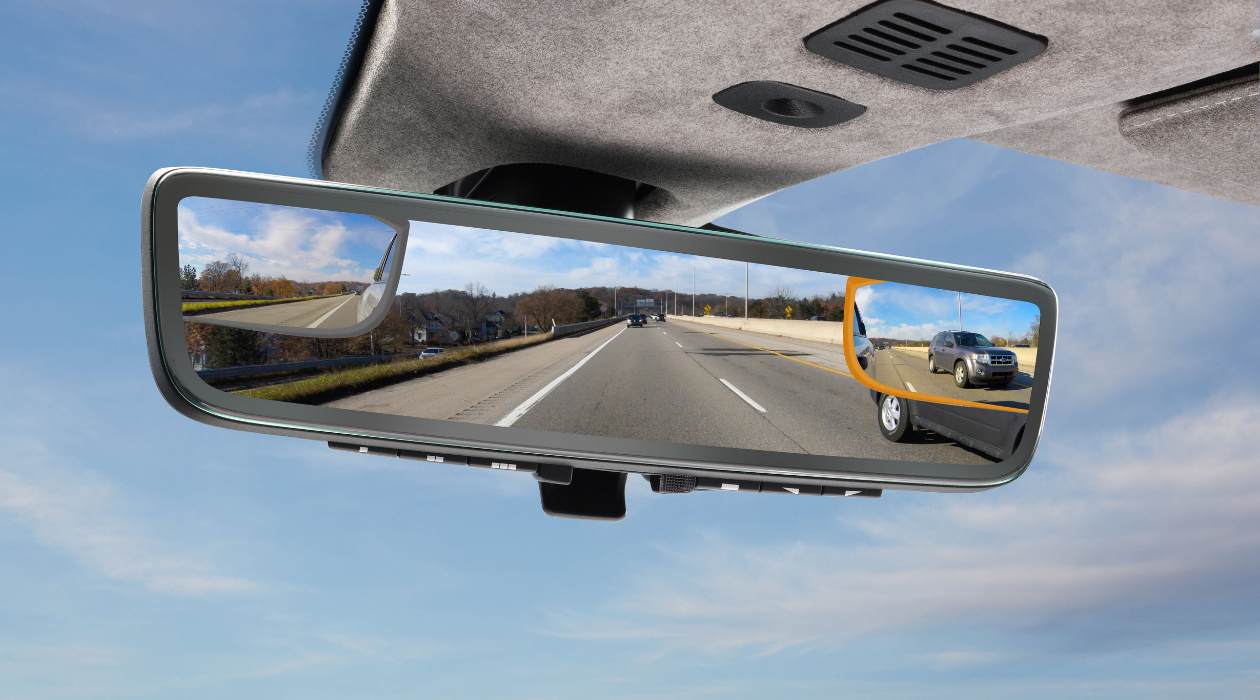
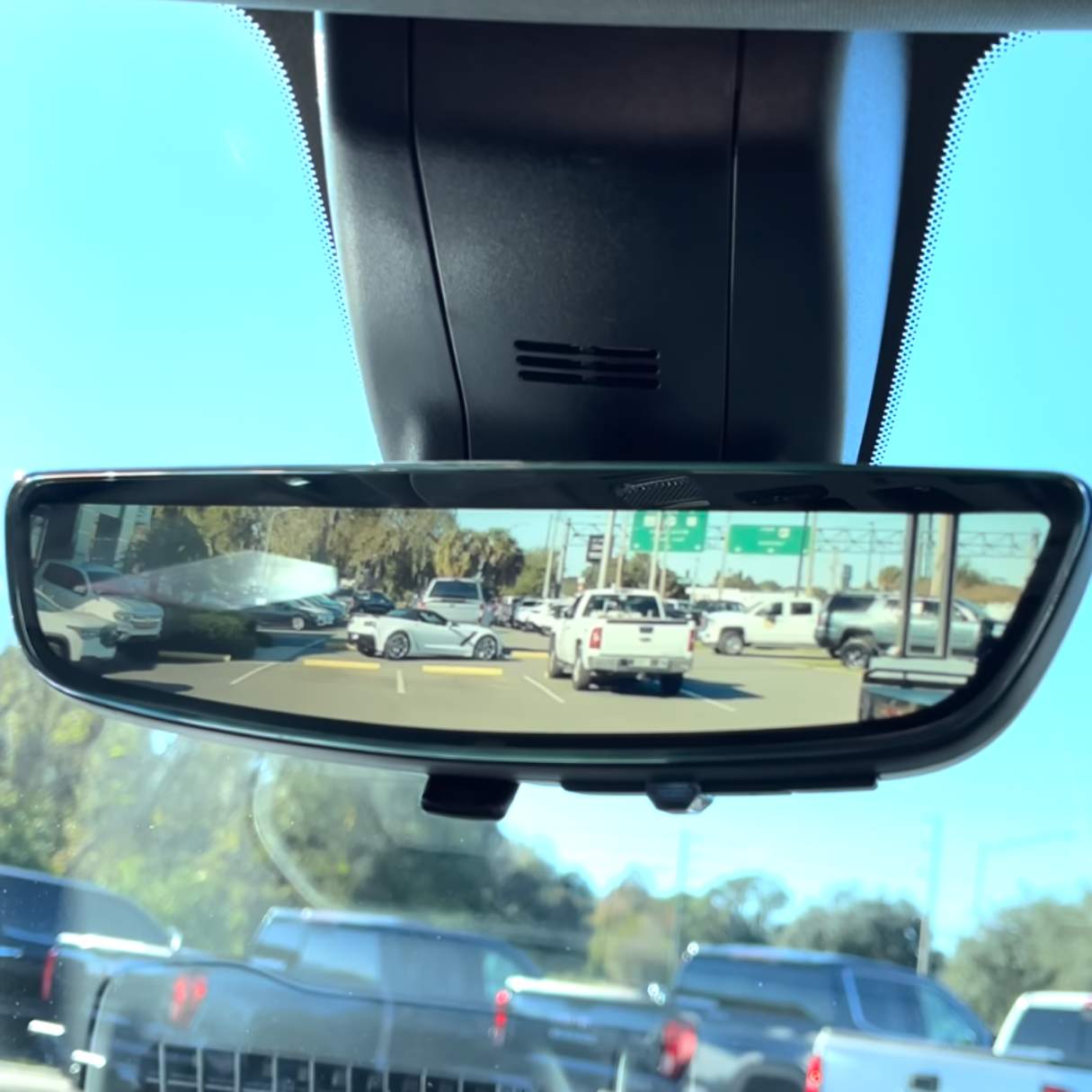
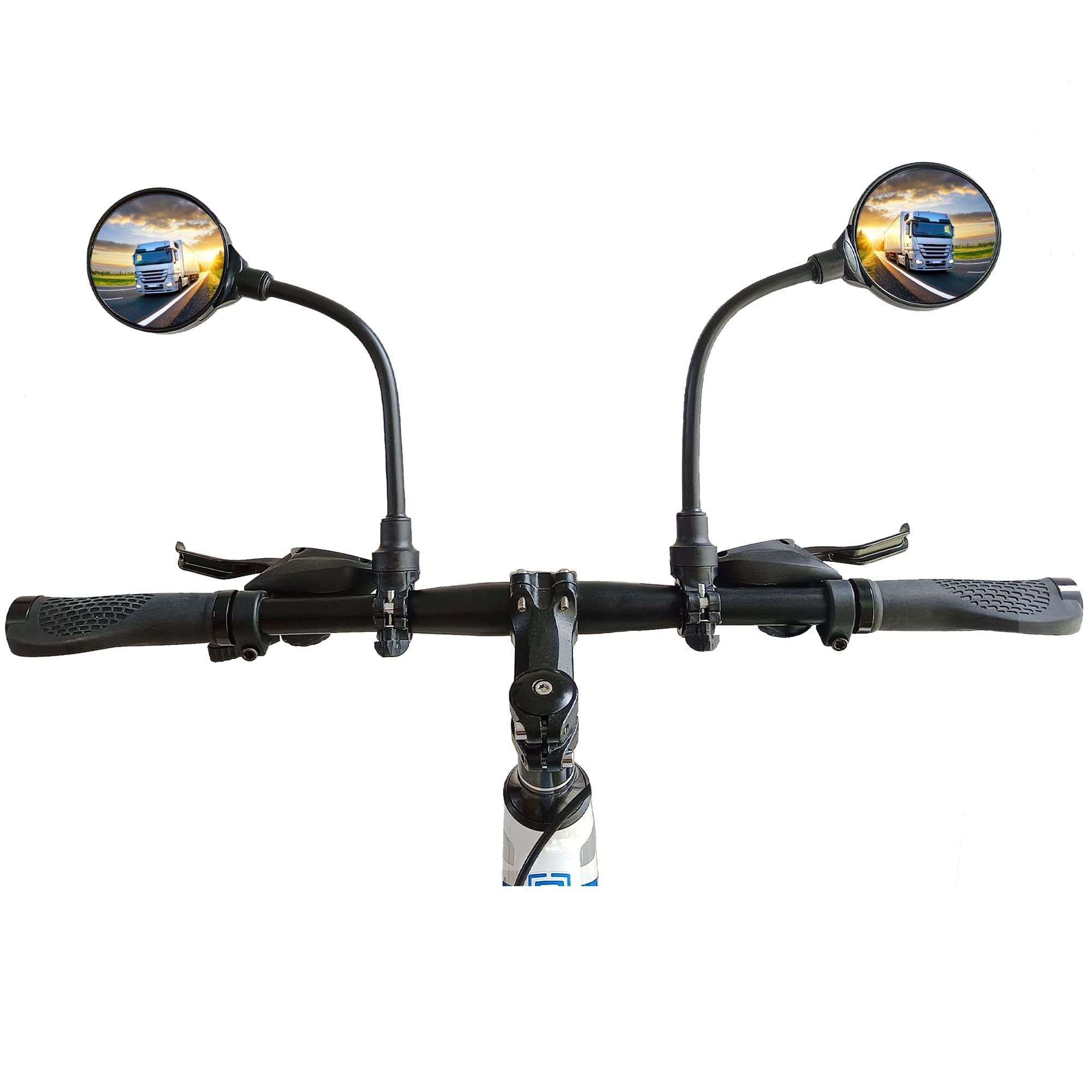

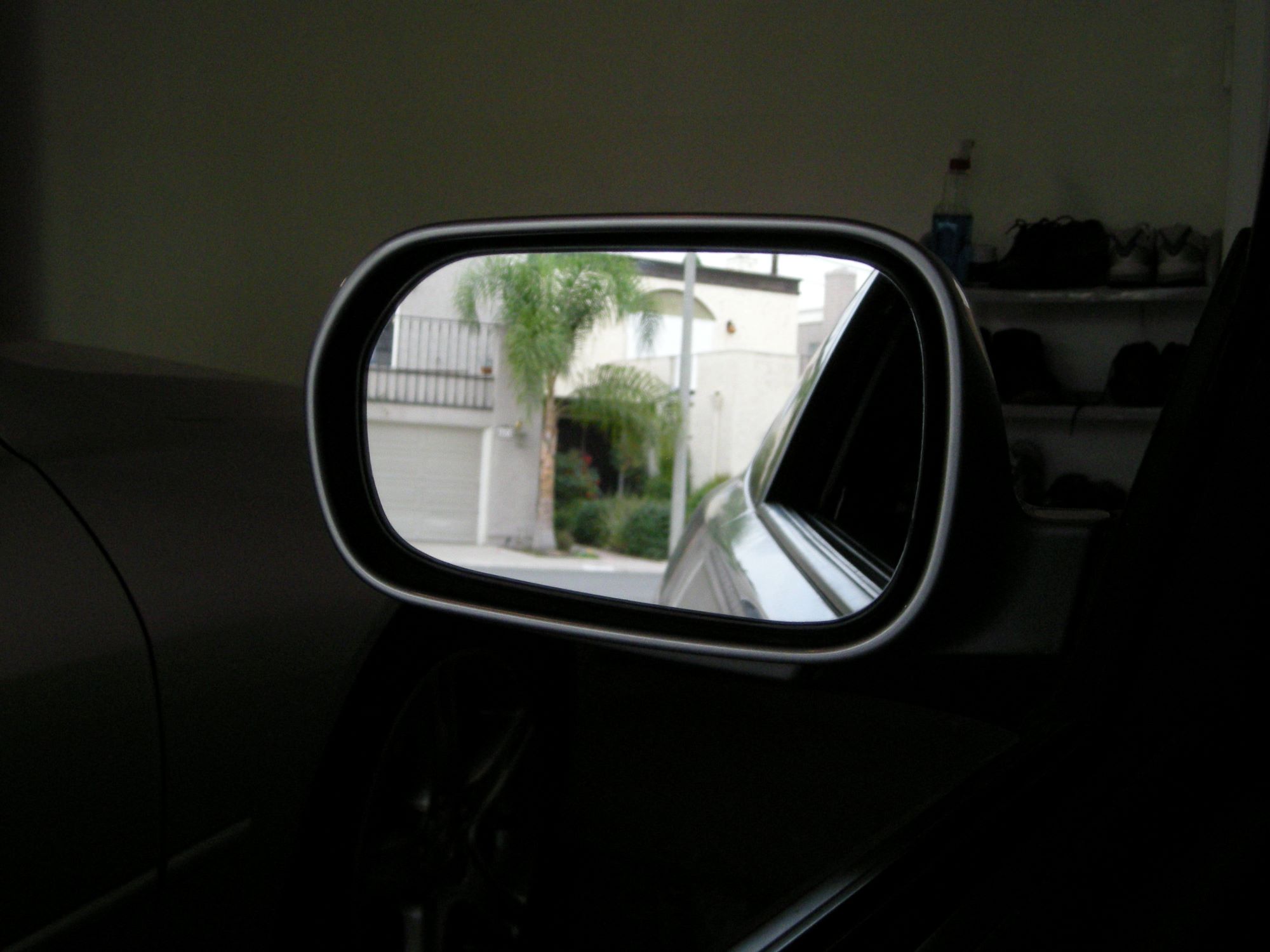

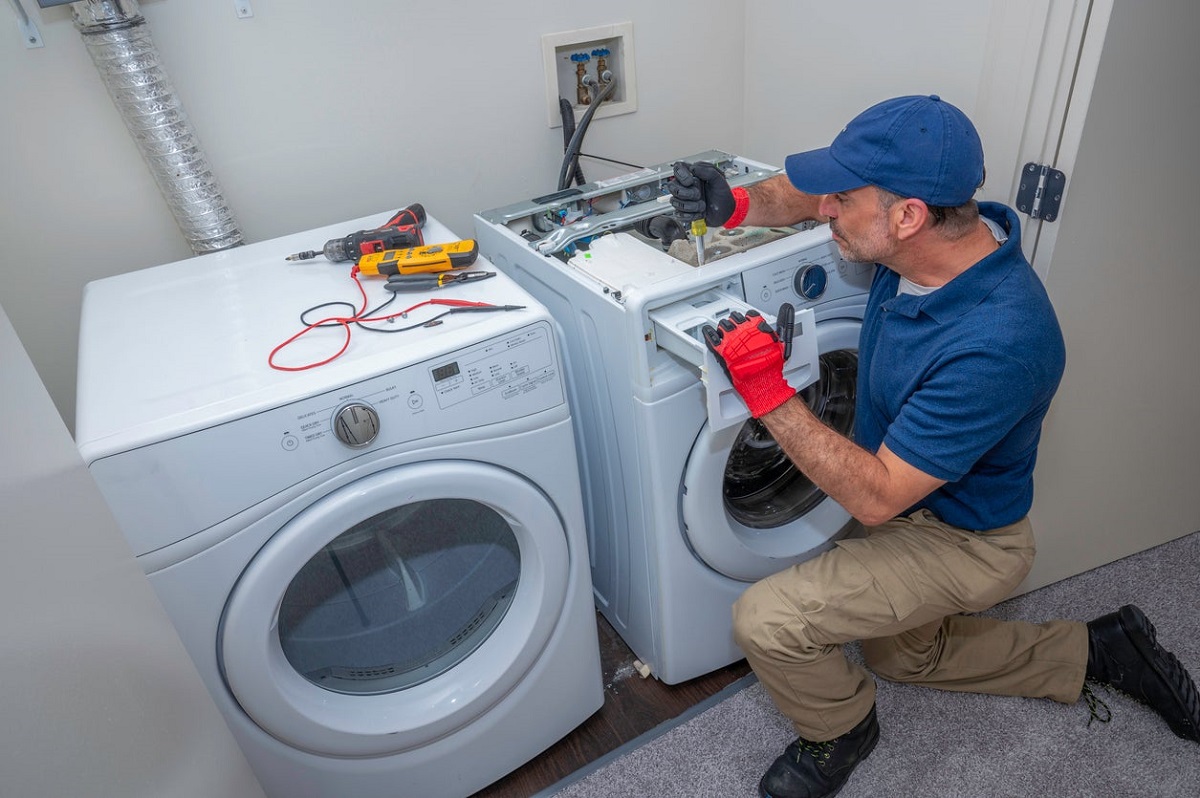
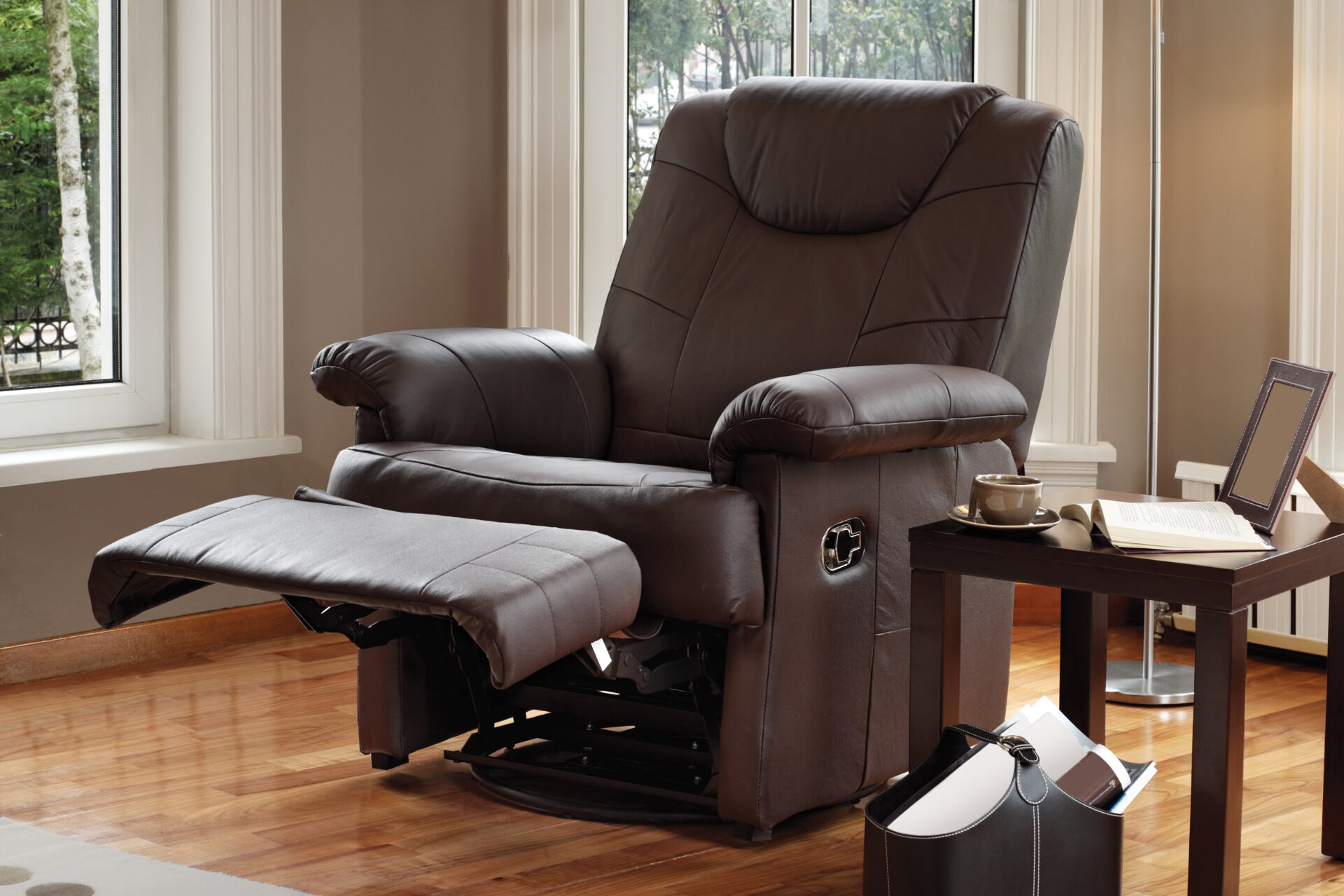

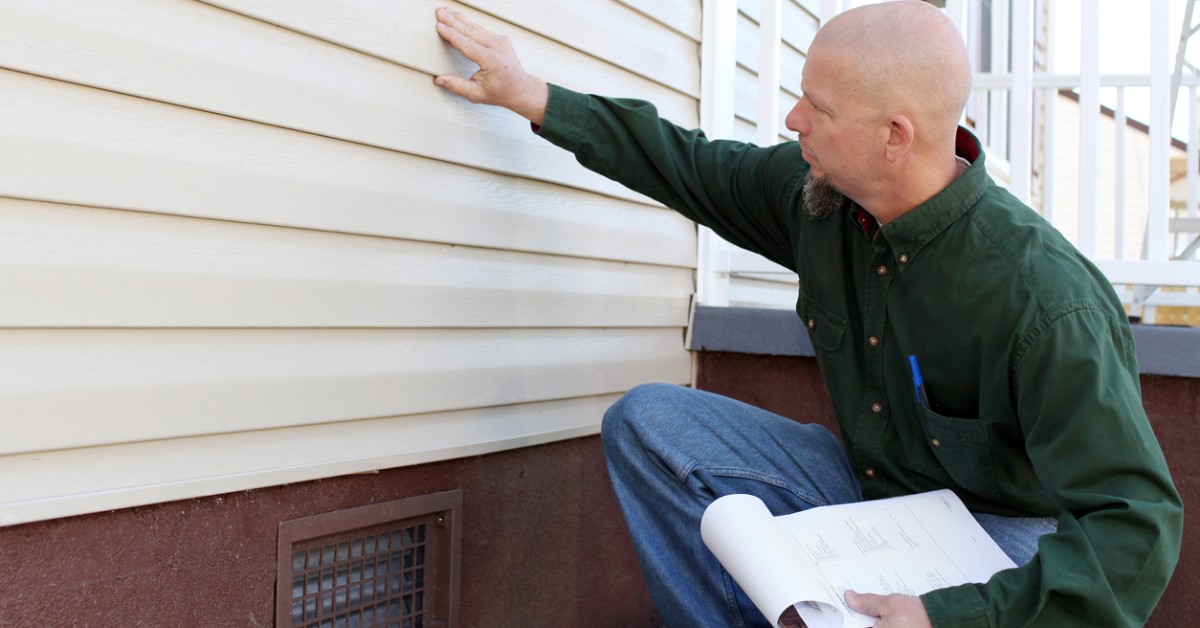
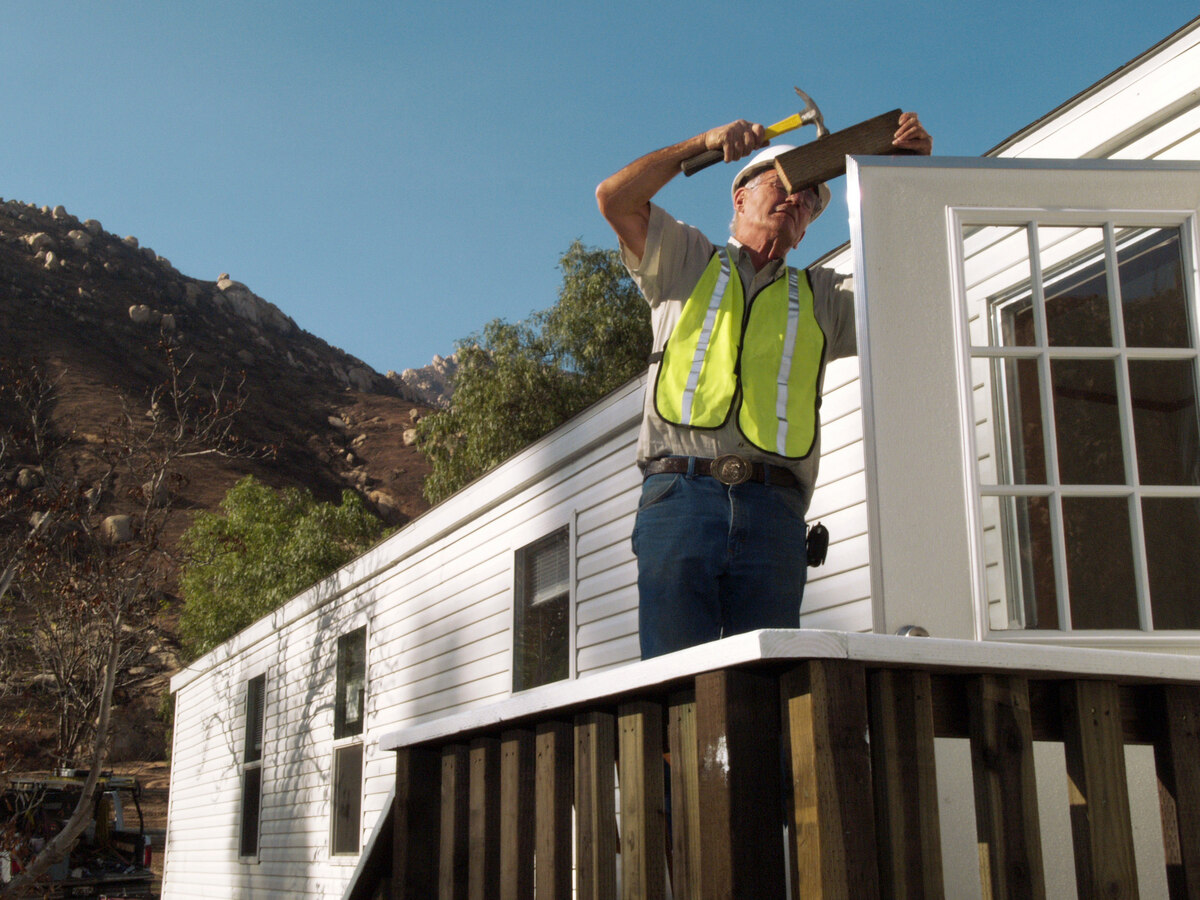
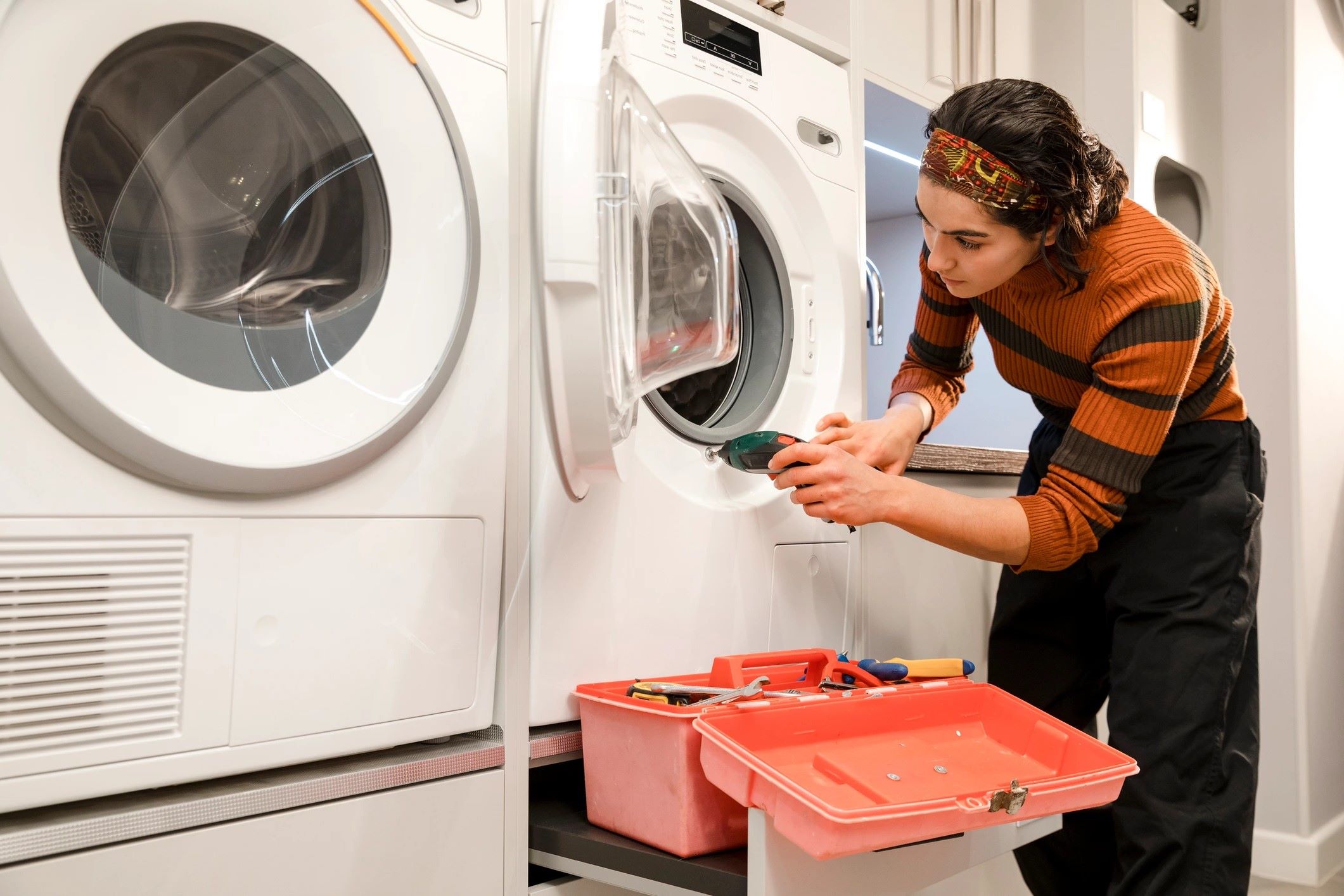
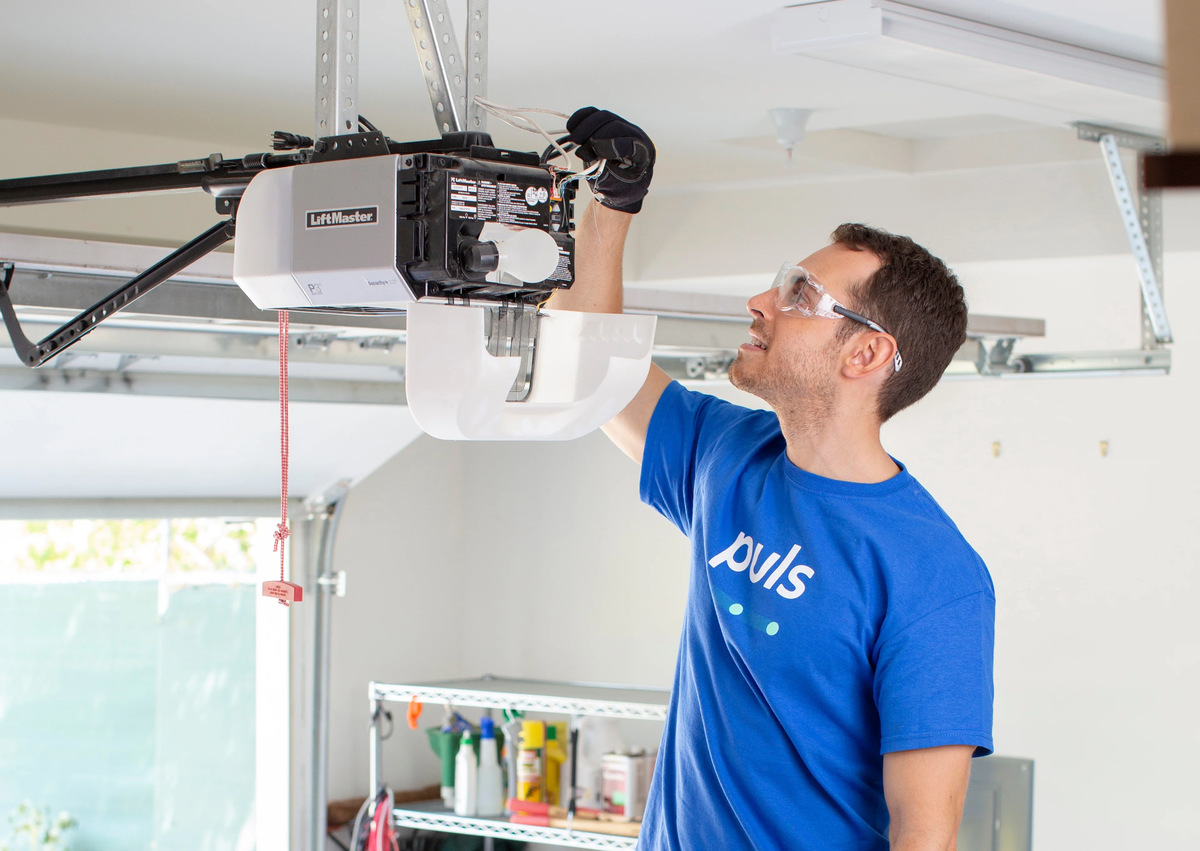
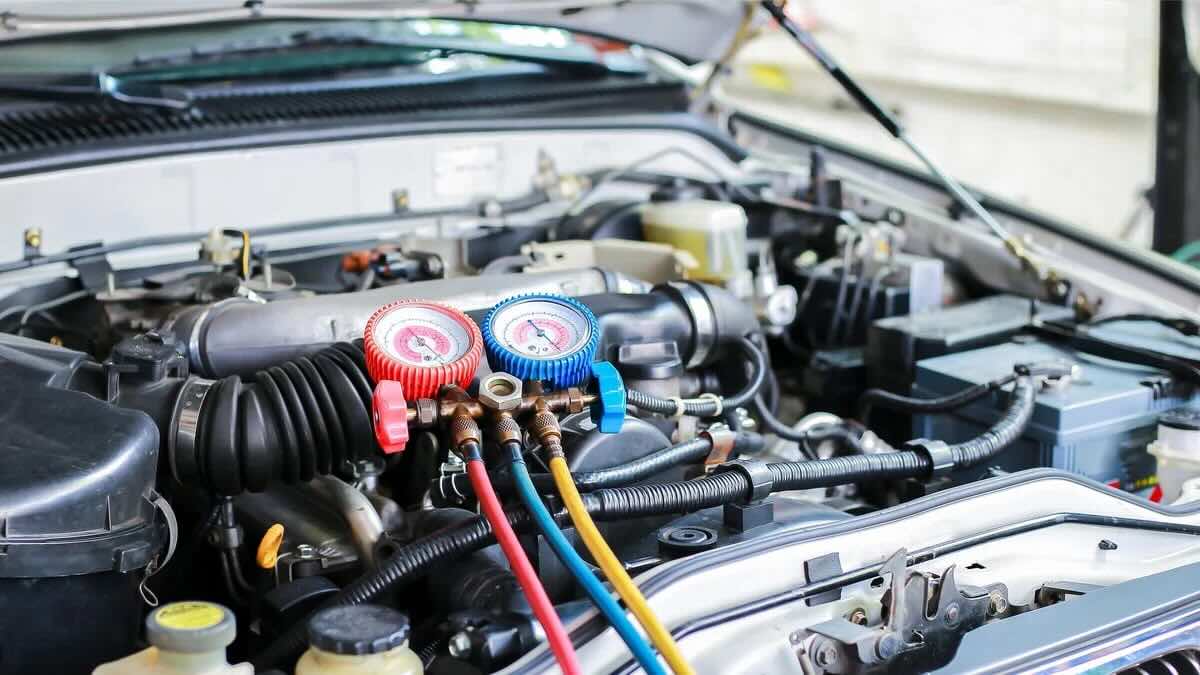

0 thoughts on “Who Fix Rear View Mirrors”